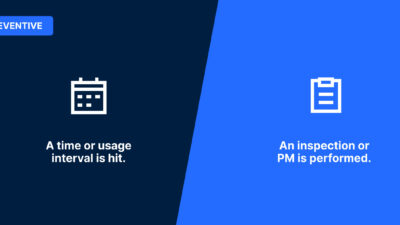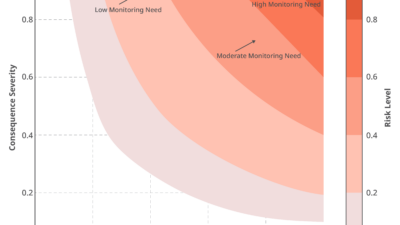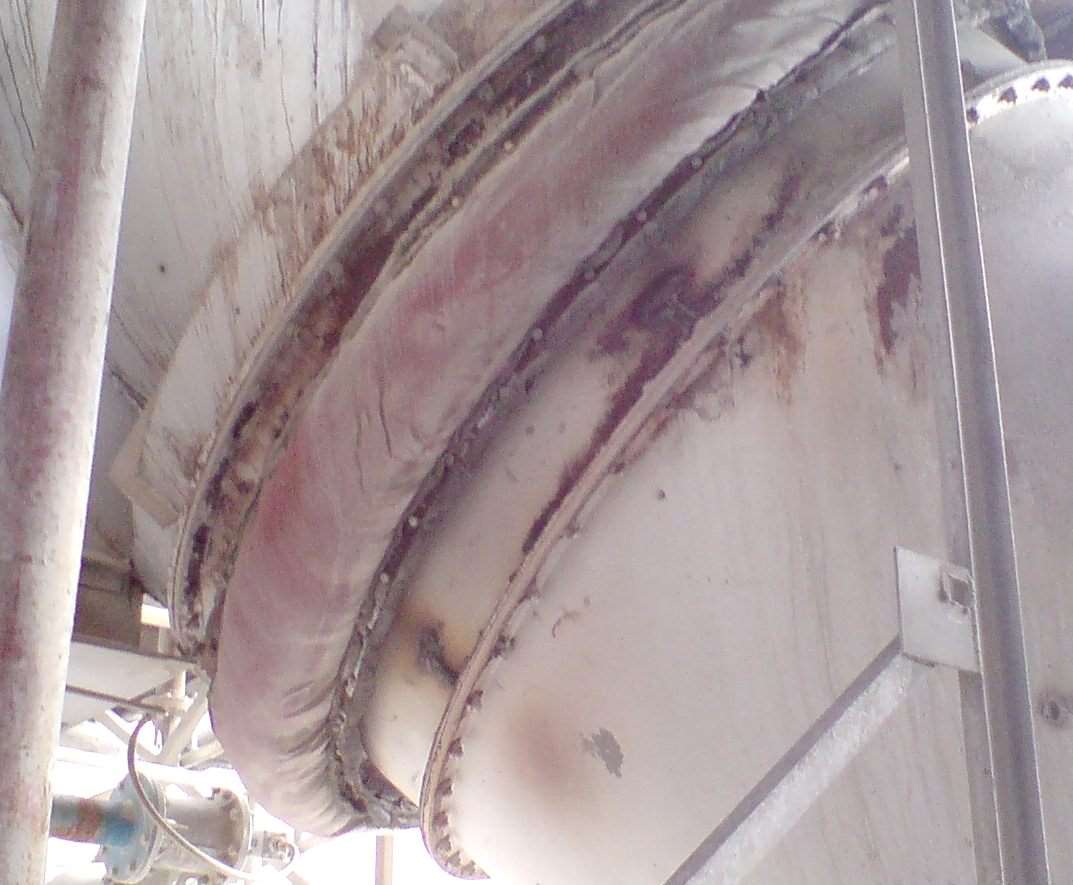Almost no work environment is as hazardous as manufacturing, but if you know what to look for, you may be better able to protect yourself and your workers from injury.

Below are six of the most-common safety hazards in manufacturing settings:
1. Chemicals: Dangerous chemicals can be anywhere, from corrosive cleaning solutions to leaking battery acid. To reduce risk of exposure, all hazardous material in your facility should be clearly labeled. Safety instructions should be posted in the immediate vicinity and should include precautions, procedures for treating exposure and an evacuation plan. Employees should also be trained to recognize the signs and symptoms of chemical exposure so that they or their coworkers can immediately receive the proper first aid.
2. Falls: When paired with overconfidence, high places can be one of the biggest hazards in your workplace. In addition to helmets, fall-protection equipment should be in place for ladders, cherry-pickers, or any other piece of raised equipment. Employees should be trained to work together and understand safety signals from those on the ground.
3. Heavy Machinery: Carelessness when maneuvering a forklift or other factory vehicle can result in serious injury and even death — and not just for the operator. All heavy equipment should be well-guarded to limit access by untrained workers. And like those working in high places, the workers permitted to use the equipment must avoid the pitfalls of being overly confident. For example, they should know to constantly be on the lookout for employees. Employees outside of the machinery must know to get and hold eye contact with an operator, anticipate the vehicle’s movements and alert the operator to an emergency.
4. Fire: Engines that run your machinery, welding equipment that is used on a daily basis, and the electrical wires that keep the lights on can each pose a significant risk for a manufacturing facility. To minimize risk, fire extinguishers should be visible and well-marked. They should also be regularly inspected. Smoke detectors should be placed throughout your facility, as well as emergency phone numbers and emergency instructions for employees.
5. Confined spaces: A confined space can include any space in which oxygen can quickly deplete — a vat or tank, for example. Because symptoms of suffocation can come on suddenly and limit a person’s ability to communicate, the best defense against this hazard is education. Employees should know what qualifies as a confined space. When working in one, they should work in pairs, with one employee removed from the danger who can act if needed. And in some cases, your facility should be equipped with confined-space rescue equipment, such as a harness or facemask.
6. Non-employees: One of the most dangerous elements in the workplace can be the people who shouldn’t be there in the first place. Work areas should be forbidden to all people who do not have proper training and equipment — including employees who work elsewhere in the facility. Limit access to your facility and post clear warnings so outsiders know to keep away. Enforce the rules — make no exceptions for friends, family members or anyone else who is not onsite to perform a specific task.
Tom Bonine is president of National Metal Fabricators(NMF). The Chicago-area firm, established in 1944, offers custom fabrication, angle rings, welding, and bar-milling services.
Edited by Jessica DuBois-Maahs, associate content manger, CFE Media, [email protected].



